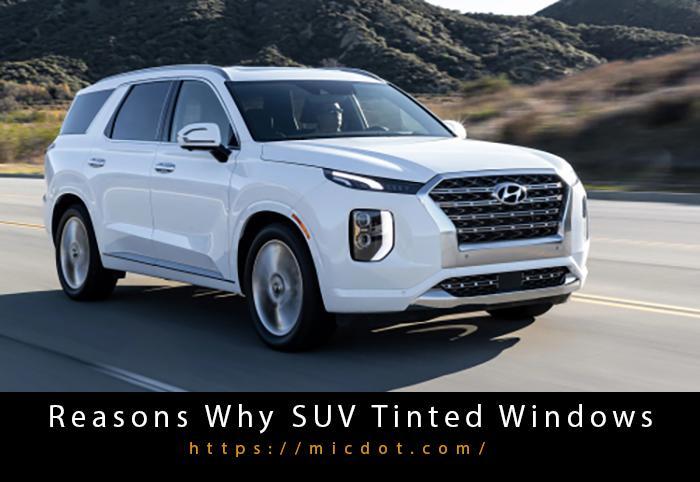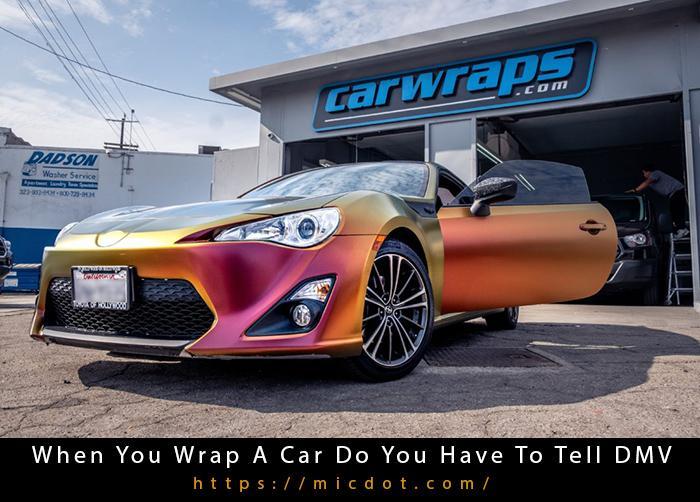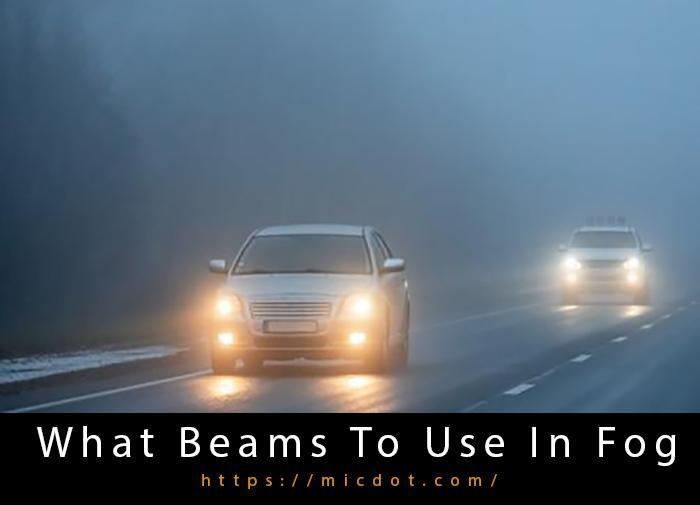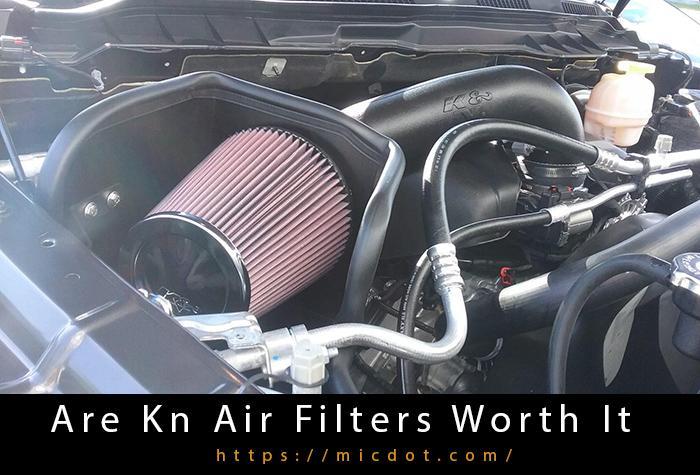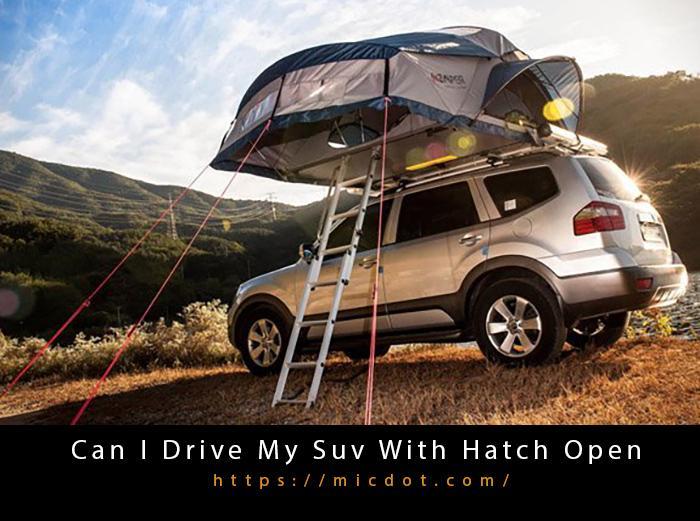You’ve come to the right site if you’re curious about the window tinting rules in Colorado. It is the purpose of this post to show you how to legally tint your windows so that you can enjoy the comfort of driving, but also avoid getting a ticket or a fee for having too dark windows.
Are You Allowed To Have Tinted Windshield And Windows In Colorado?
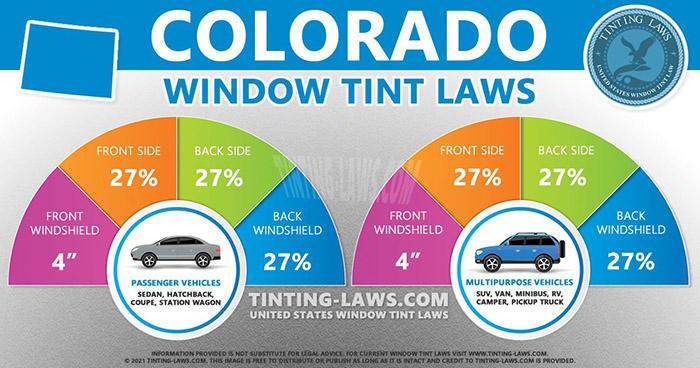
Window tinting is legal in Colorado, although there are some restrictions. It is important to define VLT, or visible light transmission, before we move forward. Visible light can be measured by looking through the windows of your car.
As long as the two front windows are not tinted, you can have a VLT tint of up to 27 percent on all four side windows and the rear window, or any other percentage of VLT window tint on the back window and back side window.
As a result, windshields are permitted to be tinted only up to four inches in height.
What Is The Darkest Tint You Can Legally Get In CO?
On the back window and back side window, you can have any percentage of VLT tinting, provided that the two windows in front have no tinting.
Otherwise, the rear window and the four side windows are limited to a maximum of 27%.
Is 20 Tint Illegal In CO?
It is not permissible in Colorado to utilize a 20 percent tint because the state’s limit is 27 percent.
Can You Get Pulled Over For Tinted Windows In Colorado?
Yes. It is possible to get pulled over if the officer suspects that the tinting on your windows exceed the legal limit for the state of Colorado. Regardless of the proportion, if your tints are amber or red, you will be pulled over. The use of these colors is strictly prohibited.
How Much Is A Tint Ticket in CO?
Improperly tinted windows in Colorado are punishable by a misdemeanor carrying a fine of $5000 or more, or by a Class B Traffic Infraction.
However, there are a number of variables that will influence the fine you are hit with. If you’re stopped for tints for the first time, your fine can be lower than someone who has been stopped previously.
In other cases, a “fix it” ticket may be all that is required of you, requiring you to merely remove the tinting and show an officer that you have complied with the penalty.
As you can see, the penalties are severe and no one can count on getting off lightly. Just get your windows tinted by an expert in Colorado tint law rather than face the consequences of the police and the courts.
Window Tint Darkness In Colorado
Read More : BMW Dealerships In Utah Updated 04/2024
Knowing what to expect when you intend on tinting your vehicle’s windows is essential, regardless of whether you drive a truck, car, SUV, utility van or something in between.
There are a variety of types of vehicles that fall under the umbrella of “passenger vehicles.” Despite its ability to transport passengers, it lacks storage capacity, a cargo bed, and third-row seating.
MPVs, on the other hand, cover a wide range of automobiles. Pickup trucks, utility vans, minivans, SUVs, recreational vehicles, and crossovers are all included here. Having a vehicle that can carry more than five people, or whether it’s built for work or has a living space, is referred to as an MPV.
Passenger vehicles and MPVs are subject to tinting requirements outlined below.
For Passenger Vehicle
Allow at least 27% of the light to pass through your rear window.
Light must be allowed to pass through the back window at least 27% of the time.
Light must be allowed to pass through the front side window by greater than 27%.
The top four inches of the windshield are authorized to have a non-reflective tint of 70% VLT.
For MPV (Multi-Purpose Vehicle)
Rear window: More than 27% of light must be allowed in.
More than 27% of the light must be allowed to pass through the back side windows.
It is required that the front side windows let in at least 27 percent of the available light.
The top four inches of the windshield can be tinted non-reflectively up to 70 percent VLT.
Window Tint Reflection In Colorado
You’ve now mastered the fundamentals of Colorado window tinting, and you’re aware of the recommended %. What if you want reflective window tints installed?
Read More : How Long Does Gasoline Last Updated 04/2024
There are a few advantages to using these kinds of hues. You and your passengers will be able to have a more pleasant driving experience as a result.
Using reflective window tint allows the person who is looking at your car’s tints to see themselves, but not you or your passengers. However, there is a view outside the window.
The sense of seclusion it provides is appealing to many people. However, if the tint is very reflective, it may cause cars to lose sight of you as you approach.
What about in Colorado though? Find out more by reading on.
For Passenger Vehicle
No mirrored or metallic tinting are allowed on the front side windows.
No metallic or mirrored tints are allowed on the back side of the window.
For MPV (Multi-Purpose Vehicle)
It is strictly forbidden to use metallic or reflected tints in this area.
No metallic or mirrored tints are allowed on the back side of the window.
How Do You Get A Medical Exemption For Window Tint In Colorado?
Medical examinations for window tints allow you to apply deeper tinting than is permitted by state legislation. When it comes to darker shades, each state has its own set of norms and regulations. In some states, it is illegal.
One of such states is Colorado. In Colorado, tinted windows are not allowed as a medical exemption.
Conclusion
The state of Colorado’s tinting regulations are initially perplexing. If you’re considering doing your own window tinting, I hope this post has been a helpful resource.
If you live in Colorado, you can legally tint your windows in order to keep the sun out and the temperature in your car at a reasonable level.
I hope this post has provided you with a basic understanding of window tinting for Colorado. Visit the CO DMV website if you need further information.
Sources: https://micdot.com
Category: Car






